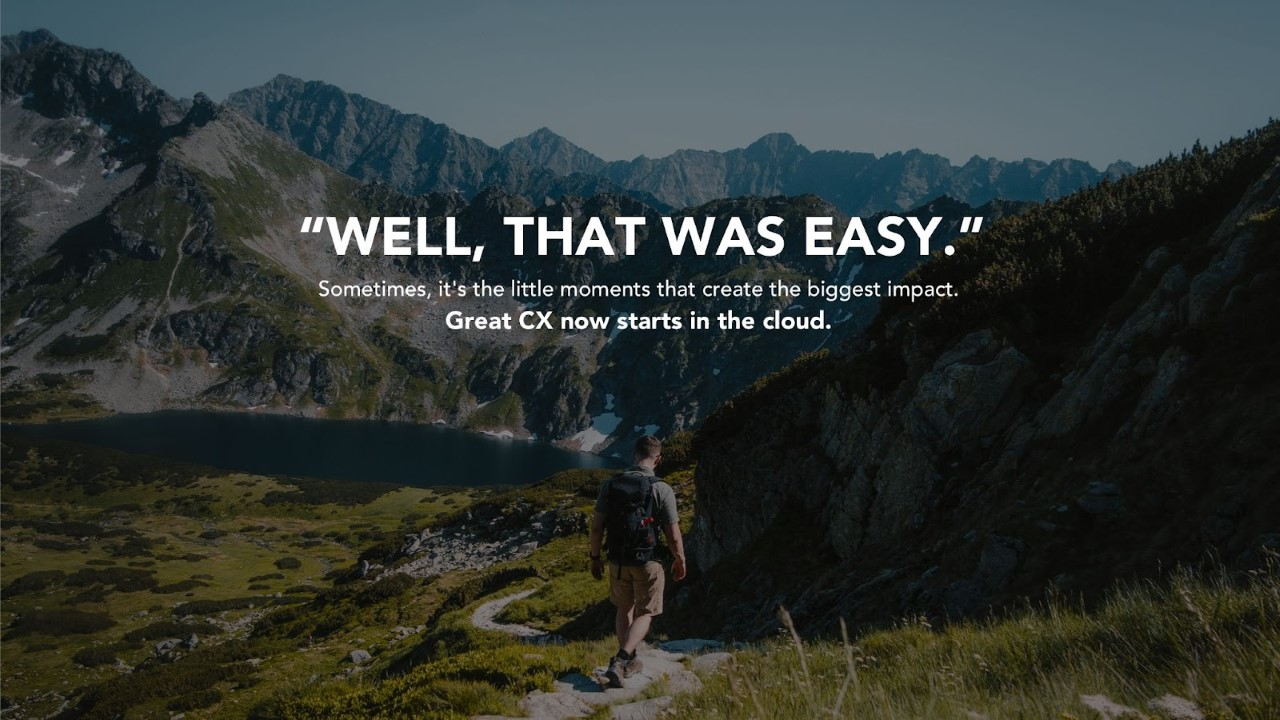
Insurance is a service consumers love to hate.
They love it when it serves its purpose, they hate it when it doesn’t.
The beauty of living in an era of transformational technology is that the services most love to hate have the opportunity to woo their customers, restore confidence in the service, and make customer experiences worthwhile. The key is keeping everything simple.
You're probably familiar with the acronym, "KISS," or "keep it simple, stupid." Leaders at legacy-holding insurance companies have to be willing to take the risk of letting go of the systems they’ve known for decades, and embrace something more simplified and new to bring about better business results.
Humans are wired to want simplicity, and technology is helping to make that happen.
We live in a world where things are getting more complex - and faster than we can keep up with them.
But there’s a flip side: technology has also made things simpler for insurance professionals.
For example you can use software like Lemonade or Aon Risk Solutions’ RiskLens analytics platforms to quickly access risk across multiple lines of businesses, countries, agents and brokers - no matter what industry you do/do not work in. This makes it easier for you to make smart decisions about who or what your organization will insure as well as how much it will cost if something goes wrong down the road (because let’s face it; something always does).
The quest for seamless, simple experiences - - and what it means for you.
We all want simple, easy-to-use products. That’s why people love tech like Amazon Alexa. So when it comes to insurance, technology is helping make this happen in a big way.
How does the tech in insurance affect you? The answer is simple: You’ll have more control over your experience with insurance companies thanks to new tech like artificial intelligence (AI) and machine learning that are being used by many other insurers today.
For instance, let’s say you’re in an accident, and the other driver claims that you were at fault for causing their car damage, although they hit your parked car while backing out of their driveway next door. If an insurer uses AI/ML techniques like image recognition or pattern matching techniques along with GPS signals coming from your cell phone - showing that you were home at the time of impact, they can determine pretty quickly whether or not someone was actually driving your vehicle at the time of impact. If not, no claim should be made.
This type of technology allows insurers to cut down significantly on false claims, saving them time and money. Essentially, the claims process had been made easy.
What this means for your organization.
This means that customer experience is the key to success. Your organization must be able to provide an outstanding experience at every level, from the front line agent in the call center all the way up to the CEO of your company.
Insurance companies must provide a seamless and intuitive experience for customers across channels: web, mobile, and social media.
The cloud is your best bet for achieving this goal as it allows you to deploy applications quickly across different platforms with minimal effort on your part.
In order to be successful in adapting new technologies, you have to first start with understanding your customers’ pain points and frustrations when it comes to your organization.
A fundamental shift in mindset will be needed: from data-driven insurance products to customer-centric solutions that focus on improving the experience. This will require an organizational transformation from product development teams focusing on product innovation and new features for existing products, to a team focused on improving the customer experience across multiple channels (mobile apps, self-service portals, etc), through a series of interactive improvements that include feedback from customers about what works well for them and what doesn’t.
Easy, right?

